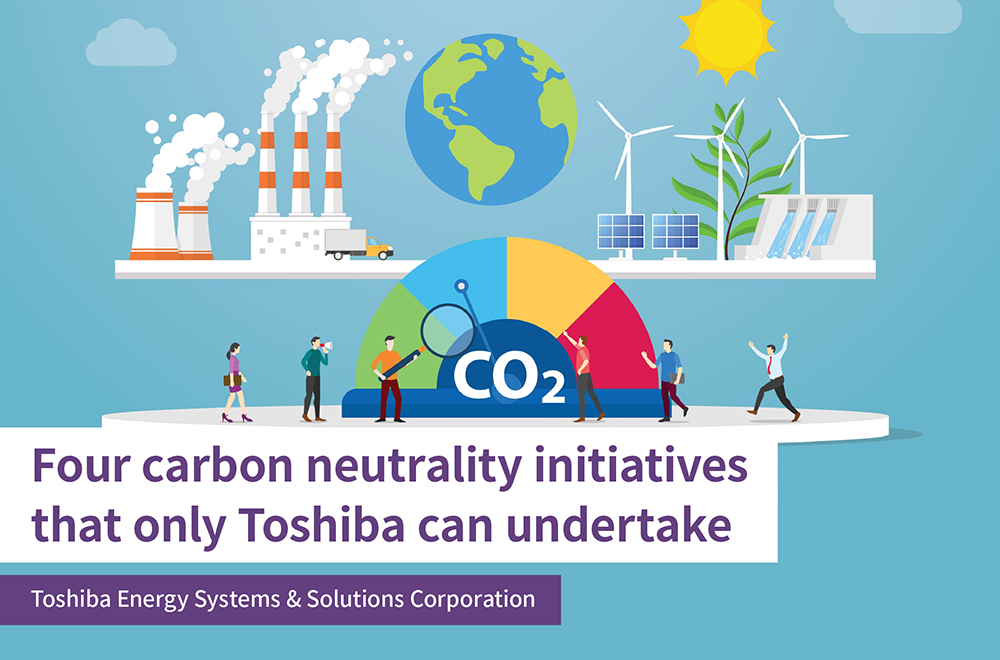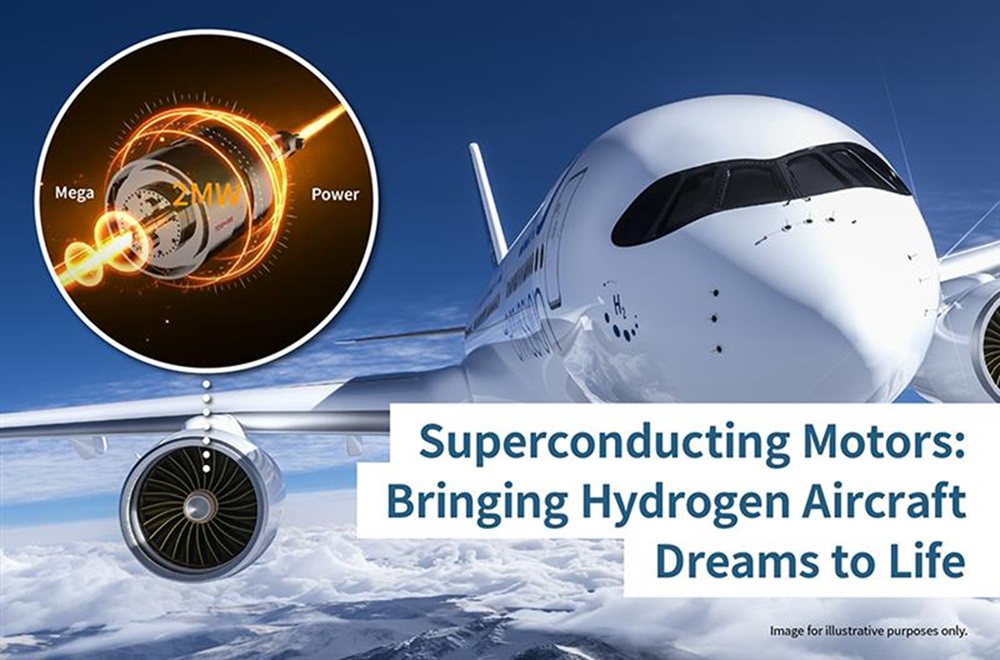How Toshiba Is Promoting the Widespread Adoption of Renewable Energy – Predicting Power Generation Volumes and Developing Power Trading Strategies with AI
2023/06/22 Toshiba Clip Team
- Energy aggregation is essential for utilizing renewables.
- Combining strengths in AI development with deep knowledge of hardware.
- The full picture on Toshiba’s Power Generation Forecasting AI and Trading Strategy.
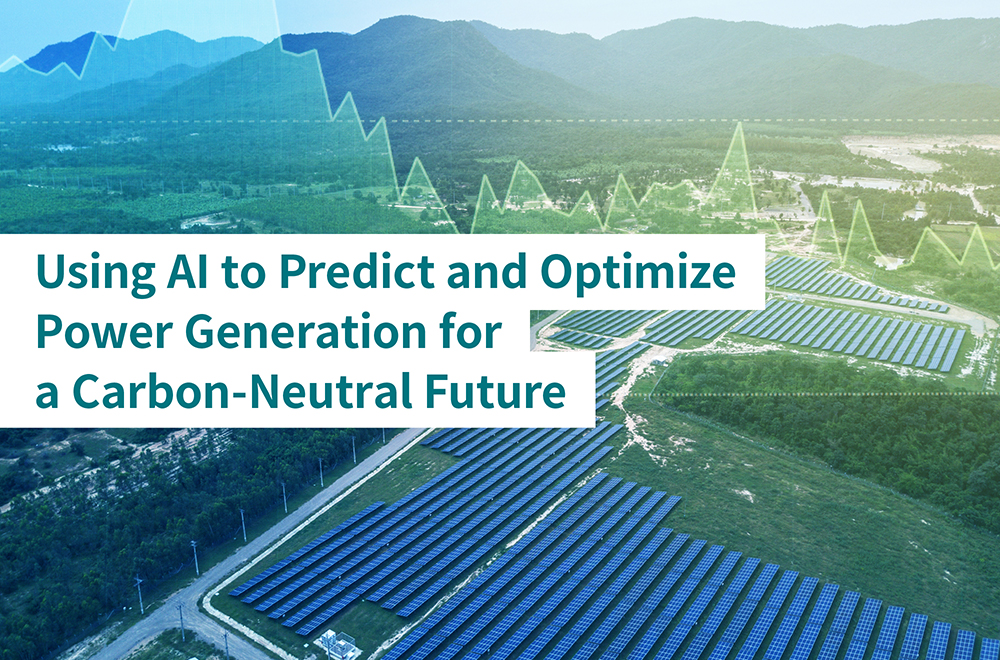
If we are going to counter climate change, its droughts, heat waves and torrential rain, we need to cut greenhouse gas emissions to zero, and fast. Over 150 countries have target years for realizing carbon neutrality—in Japan, it’s 2050. For all of these countries, one area where action is crucial is power generation, the source of a quarter of greenhouse gas emissions. Japan is driving forward a shift to renewable energy as a matter of urgency, and is promoting it with a feed-in premium (FIP) scheme, initiated in April 2022.
A unique feature of the FIP scheme is that, unlike the previous feed-in tariff scheme, transactions are market-based, which means that energy prices fluctuate. To incentivize power producers to introduce renewable energy, the government pays a premium above the electric power market price, a subsidy, for electricity generated from renewable energy sources. Another feature is balancing, or the obligation to ensure that the planned amount of renewable energy power generation matches the actual amount generated (sales volume) in real time. If this is not achieved, the power producer essentially suffers a loss from paying a penalty, an imbalance fee. Renewable energy power producers thus need to accurately forecast the amount of electricity that will be generated from renewable energy sources in spite of fluctuations and formulate strategies for when and at what price to sell it.
This is where aggregators come into play. Aggregators are responsible for combining power output from different renewable energy power producers, forecasting the amount of power that will be generated, and conducting market transactions on behalf of the power producers.
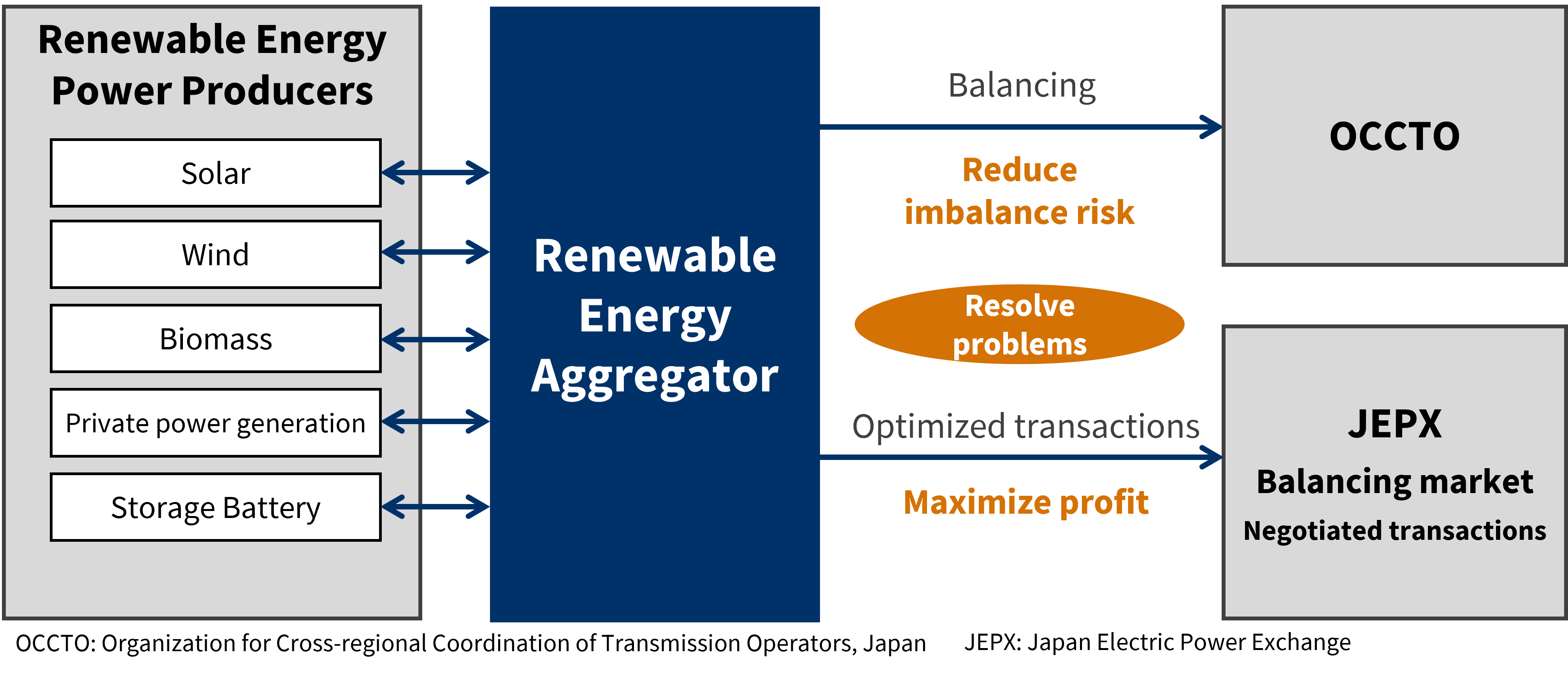
Overview of the Renewable Energy Aggregation Service
Launching a Renewable Energy Aggregation Service based on Toshiba’s basic commitment and management policy
Toshiba launched its renewable energy aggregation service in May 2022. Yu Kaneko, an expert in the Energy Aggregation Division at Toshiba Energy Systems & Solutions Corporation, explains the background behind the launch as follows.
“Toshiba’s basic commitment is ‘Committed to People, Committed to the Future.’ As our management policy indicates, it is natural to do something to ensure progress that is in harmony with our planet, like launching an aggregation service, which is essential for the widespread adoption of renewable energy. It was an obvious step for us.
“Toshiba also participates in national projects for renewable energy aggregation directed by the Agency for Natural Resources and Energy, so we have the technology necessary to provide aggregation services. While developing and building photovoltaic power generation systems, many of our renewable energy power producer customers have come to us with questions about transitioning to the FIP scheme. Solving our customers’ problems is our mission. It was also a chance for us to utilize the knowledge of hardware we have cultivated over the years, such as our knowledge of power generation facilities. Factors such as these are what led to the launch of this service,” Kaneko says.
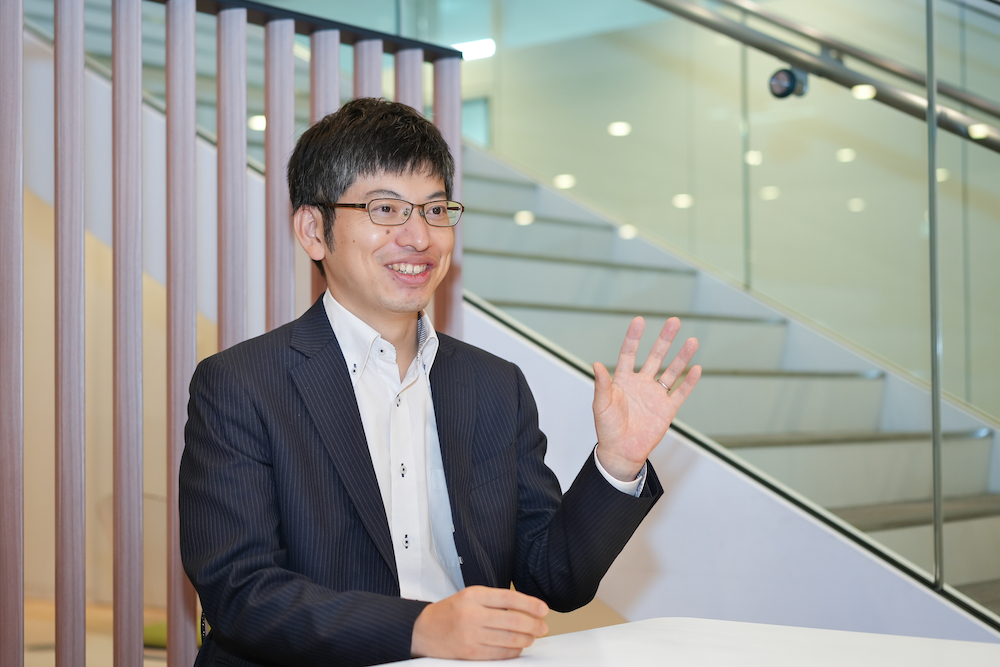
Yu Kaneko, Expert, Energy IoT Dept., Energy Aggregation Div.
Toshiba Energy Systems & Solutions Corporation
Toshiba’s Renewable Energy Aggregation Service provides two services: purchases and sales in the wholesale market for electricity generated by renewable energy power producers; and acting as an agent for the power producers by performing balancing operations on their behalf. Renewable energy power producers receive a premium (subsidy) from the government on top of the price at which Toshiba purchases the electricity. This helps to stabilize revenues and ensure sustainable operations for renewable energy power producers.
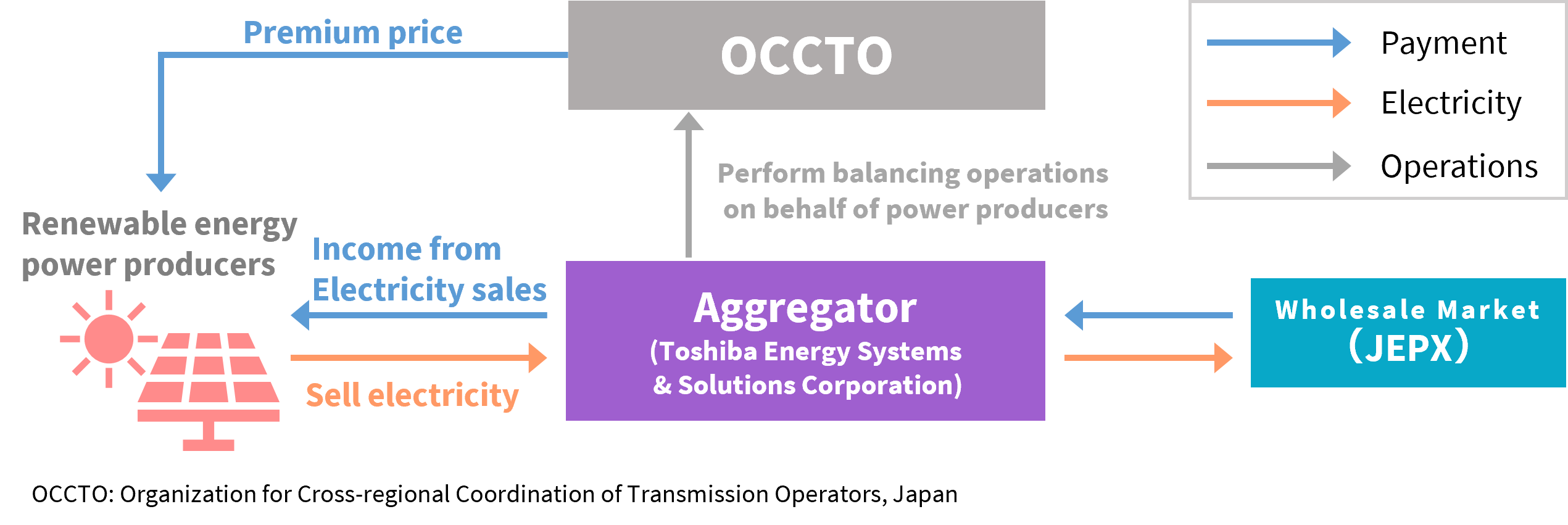
Kaneko has been involved in developing aggregation technology and systems as part of national projects directed by the Agency for Natural Resources and Energy. He went on to talk about Toshiba’s strengths:
“It can take as long as a decade or more to see return on investment on industrial photovoltaic power generation systems. Therefore, it is important to have relationships of trust with our customers and to continue to provide them with high level support. In this regard, customers highly value the technological capabilities that Toshiba has accumulated through designing and implementing hardware for photovoltaic power generation systems. Unlike other companies, a major strength of our Renewable Energy Aggregation Service is that we utilize our knowledge of hardware.
“Toshiba also participates in national projects and regularly exchanges information with the Agency for Natural Resources and Energy. We therefore understand the purpose of the scheme and occasionally even provide the government with recommendations. This allows us to envision society’s future—including 2050—and make business plans based on that vision. Thus, both reliability and sustainability are our strengths.”
A major project spanning 10 departments
According to Takuya Hongu, the development leader responsible for integrating the multiple systems used in the power aggregation services, Toshiba owes its advantage to the group’s collective capabilities, as the overall mechanism for renewable energy aggregation was made possible through the cooperation of many divisions.
“Central to the effort was our Energy Aggregation Division, which oversaw the research and development of the systems and underlying technologies required for aggregation. For example, we asked our Corporate Research & Development Center to develop the Power Generation Forecasting AI and the Trading Strategy AI, and Fuchu Complex to develop market trading functions.
“In addition, other specialist departments developed calculation methods for storage battery operation plans, which are necessary for the aggregation service, and for the maintenance of the entire system.”
The Carbon Neutral Sales Department then implemented these systems and technologies on site, with customers. Altogether, it grew into a major project, involving 10 departments in total.
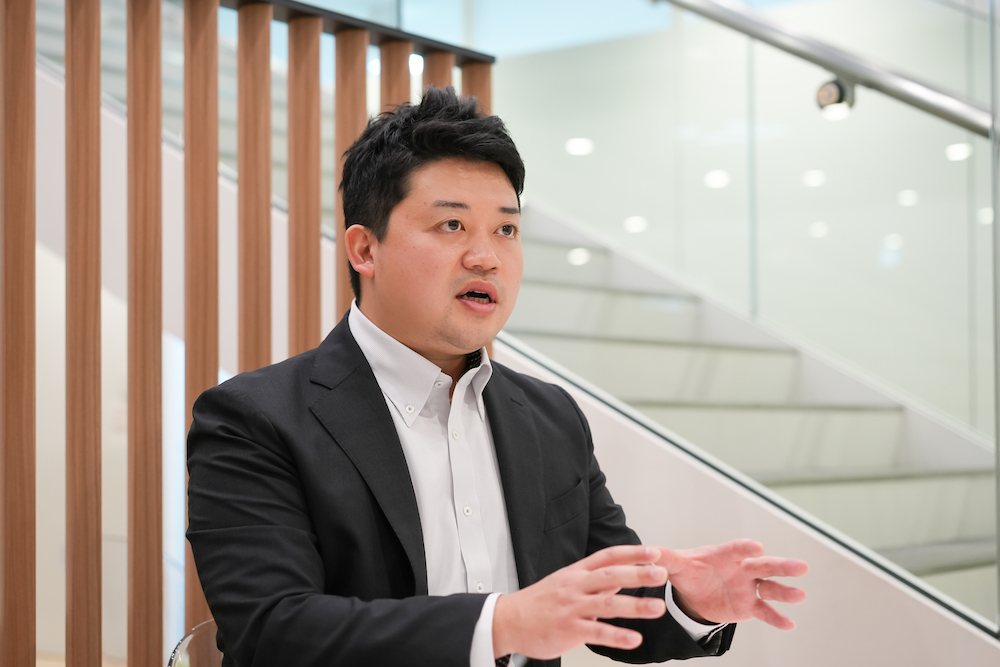
Takuya Hongu, Specialist, Energy IoT Promotion Group 1, Energy IoT Dept., Energy Aggregation Div.,
Toshiba Energy Systems & Solutions Corporation
The Power Generation Forecasting AI and Trading Strategy AI are the keys to aggregation
The key components of Toshiba’s Renewable Energy Aggregation Service are the Power Generation Forecasting AI and the Trading Strategy AI. They perform the crucial task of ensuring that planned generation from renewables aligns with actual sales, and are indispensable. Takufumi Yoshida from Toshiba’s Corporate Research & Development Center, who coordinated the development of these AI systems, gave us a brief overview of how each system works.
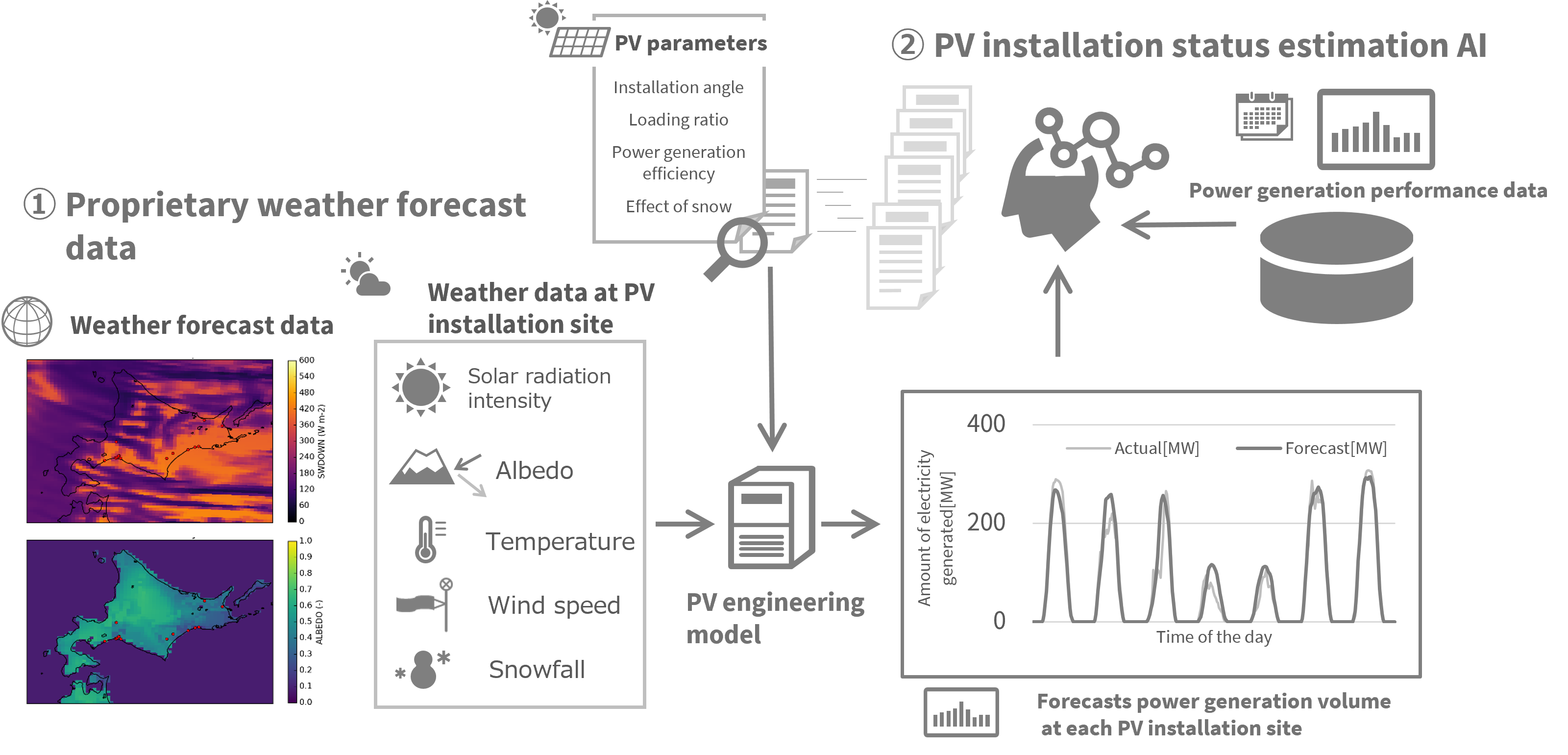
The Power Generation Forecasting AI improves forecasting accuracy by using proprietary weather forecasting data and estimating the installation status of photovoltaic power generation panels.
“First, let me explain the Power Generation Forecasting AI. The amount of electricity generated by renewable energy sources depends on natural conditions such as hours of sunlight. So what kind of data and analysis do we need to improve forecast accuracy? These are concerns that most test our technical skills.
“When photovoltaic power generation systems are installed, very little actual power generation data is initially available. Toshiba combines figures from weather forecasting data with our PV power generation engineering model to forecast the amount of electricity that will be generated. Because of the engineering model, this combination is an advantage that only Toshiba can offer.
“We use weather forecast data from the Japan Meteorological Agency, and we improve its accuracy by combining it with weather forecast data provided by other countries and applying our own simulations. The engineering model can be thought of a mathematical equation that calculates the amount of power generation from variables such as angle, number, and size of an array of photovoltaic panels. Toshiba is capable of developing an engineering model like this because we have been building photovoltaic panels for a long time.
“However, depending on the location, unexpected things can happen—panels may be covered in snow, or poorly maintained, for example. To enhance accuracy, we add an AI that estimates the installation status of the photovoltaic panels to our engineering model. The AI begins to perform at its full potential when it adds accumulated actual power generation data. This is because the AI begins to learn the relationship between weather forecasts and actual power generated. The more it is used, the more accurate it becomes,” says Yoshida.
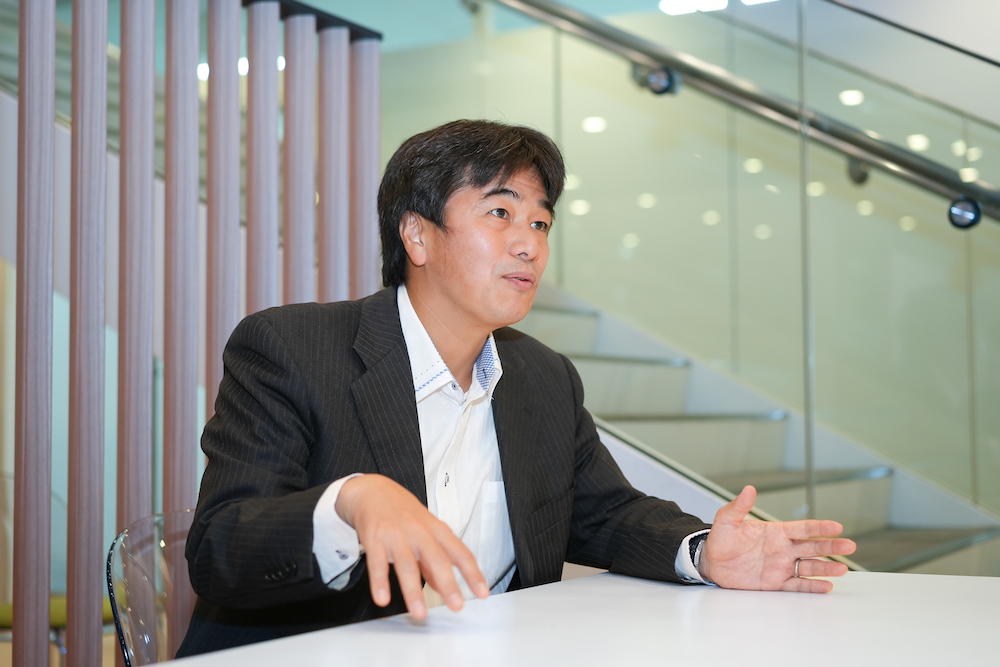
Takufumi Yoshida, Fellow, System AI Laboratory, Advanced Intelligent Systems Laboratories,
Corporate Research & Development Center, Toshiba Corporation
This solves the issue of the accuracy of the power generation side of the scale when balancing the power generation plan with actual sales. But there is still the question of accurately forecasting actual sales. Yoshida then explained how the Trading Strategy AI works.
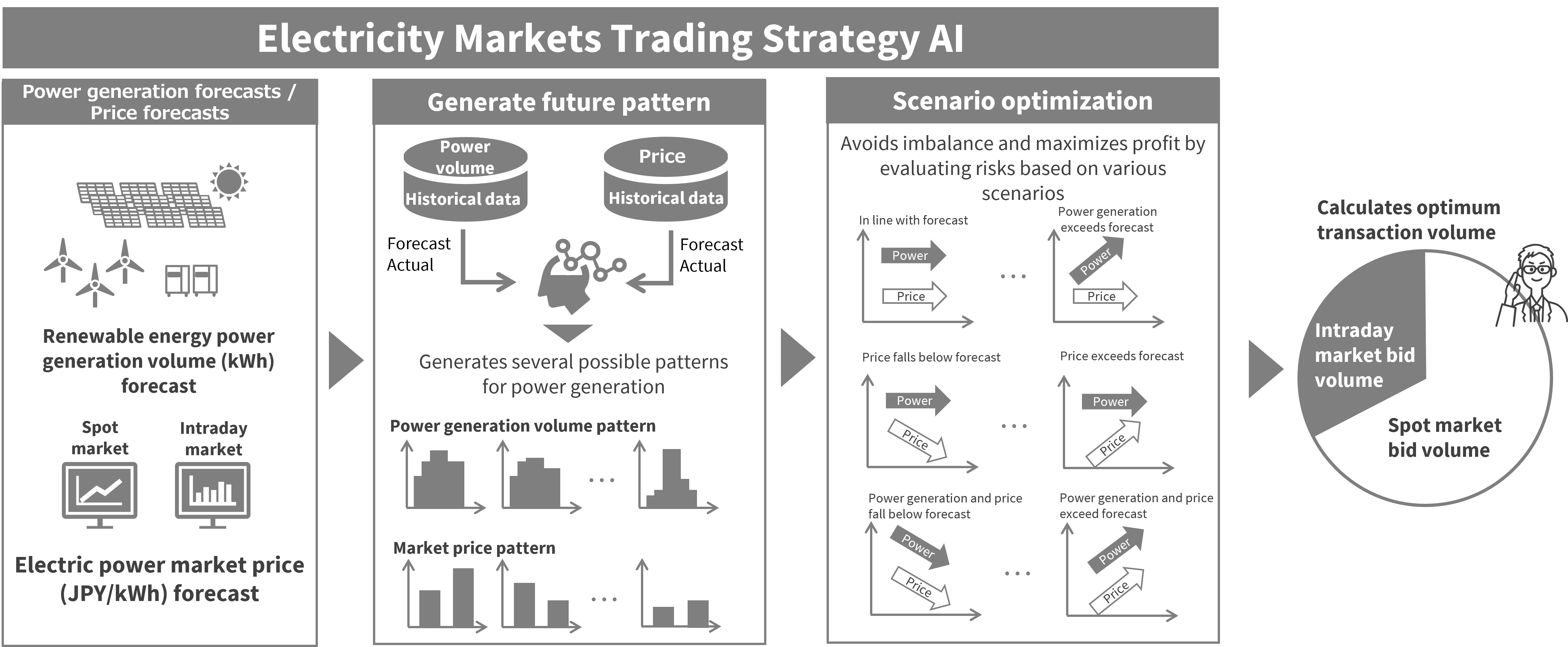
The Trading Strategy AI forecasts the amount of renewable energy power generated and market prices, creates scenarios based on historical data, and calculates the optimum transaction volume.
“The Trading Strategy AI ensures that the amount of power generated matches the amount sold, while securing profitability. It is designed to forecast the amount of renewable energy power generated and its market price on the day of the transaction, and to combine this forecast with historical power generation data and price data to create multiple possible scenarios. It uses these scenarios to calculate the most favorable probabilistic bid percentages for the day-ahead market and the intraday market.
“How accurately you can forecast the amount of power generation and the market price on the day of the transaction, and how you create meaningful scenarios that take into account actual deviations from past forecasts, are important, because both renewable energy power generation and market prices are subject to fluctuations. But optimizing a vast number of variables is Toshiba’s forte. This eliminates the subjective nature of decision-making and enables people to perform accurate transactions even with little experience.
“Equally important, the service is designed to promote the spread of renewable energy with the aim of achieving carbon neutrality. An optimization model should be designed not only to maximize the profit of a particular aggregator, but also from the perspective of ensuring a stable supply. This market is also a place where we can resolve social issues, so we are developing the Trading Strategy AI to perform exemplary transactions,” says Yoshida.
Toshiba is playing a role in reform to solve energy issues
This story is coming to an end. Let’s hear what each expert has to say about future developments from their own perspective.
From his position overseeing the project, Kaneko emphasizes that: “Toshiba has long been involved in the energy business and has continually developed and built a wide range of equipment. That is why we feel strongly about our responsibility to advance carbon neutrality, and why we do our part to help power producers through renewable energy aggregation. We also have demand-side systems and services, so we contribute in those areas as well.”
Hongu, who oversees the system, added: “Sustainable Development Goal Seven, ‘Affordable and Clean Energy,’ underscores the importance of ensuring access to sustainable and modern energy. If Toshiba can solve one issue, it will serve as a steppingstone to solving the next. Even within the company, we are trying to live up to the confidence society and customers place in us by saying, ‘We cannot do anything halfway.’”
In response to Kaneko and Hongu’s thoughts, Yoshida said: “Renewable energy will evolve, and the power system will also undergo reform. Ahead of these changes, we will utilize AI to enhance accuracy and functionality while expanding its scope to include offshore wind power and other applications. We will continue to engage in research by considering what kind of technology should be developed from the big-picture perspective of the country and the world.”
Renewable energy aggregation is drawing attention as society moves toward carbon neutrality. Among the aggregators in the business, Toshiba is a rare example of one with both knowledge of hardware, such as power generation facilities, and world-class AI development capabilities. The challenge has just begun, but Toshiba is determined to be a part of the reform to solve energy issues.
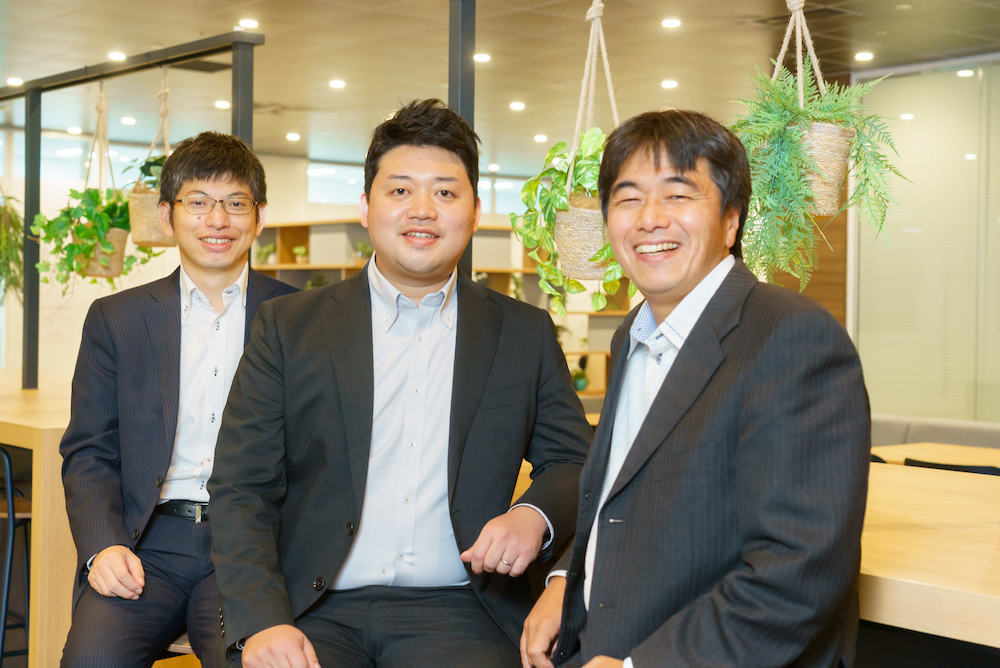
![]()
Related Links
*This section contains links to websites operated by companies and organizations other than Toshiba Corporation.
Toshiba AI | Toshiba






